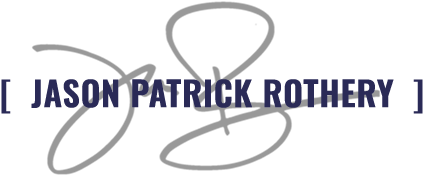SCHOLAR
A Tale of Two Trilogies: Severing the Star Wars Saga
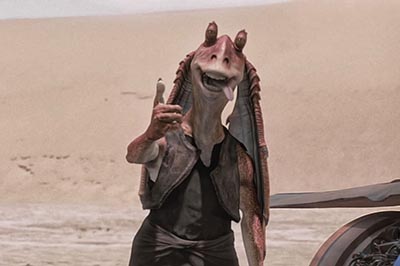
A Tale of Two Trilogies offers in-depth and wide-ranging analysis of the (then) two Star Wars trilogies to determine the validity of competing conceptions of film authorship. Are films the brainchild of a single overriding author (i.e., auteur theory), or more properly products of the social and cultural contexts in which they are created (not to mention the artistic and technical teams necessary for film-making)?
I propose that the Original Trilogy and the Prequel Trilogy – conceived, developed, produced, and distributed over three decades – are too aesthetically, narratively, and thematically incongruent to function as parts of a coherent whole. These trilogies should, therefore, be decoupled and evaluated as separate texts. Perpetuating the precept of a preexisting, all-encompassing blueprint – with Lucas as omniscient architect – obfuscates a more accurate (and curious) engagement with these films as products of discrete sociocultural contexts, and as multiauthored by collaborators participating in and informing the protracted and painstaking process of their development and production.
Consequently, I ask how different multi-/pan-generational audience formations extrapolate, infer, and map meaning from the results. As the only extant film series curated by the selfsame artist/overlord within/across disparate epochs, the Star Wars trilogies represent a unique opportunity to evaluate a “single,” “self-contained” film text diachronically, and ascertain the impact of the divergent times and places in which it was created.
Comics and Pop Culture: Adaptation from Panel to Frame
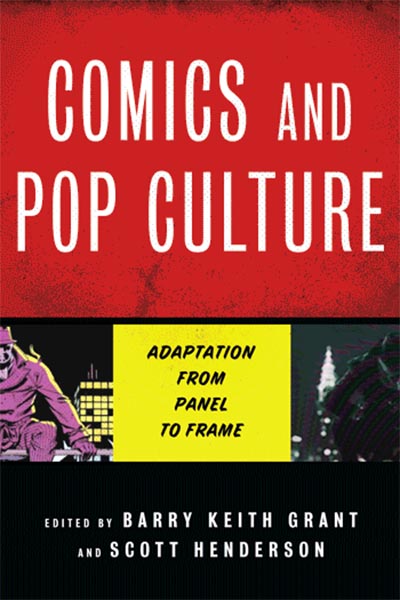
Chapter – Mutatis Mutandis: Constructing Fidelity in the Comic Book Film Adaptation
Co-authored with Dr. Ben Woo.
It is hard to discuss the current film industry without acknowledging the impact of comic book adaptations, especially considering the blockbuster success of recent superhero movies. Examining current debates and the questions raised by comics adaptations, including those around authorship, style, and textual fidelity, the contributors consider the topic from an array of approaches that take into account representations of sexuality, gender, and race as well as concepts of world-building and cultural appropriation in comics from Modesty Blaise to Black Panther. The result is a fascinating reimagination of the texts that continue to push the boundaries of panel, frame, and popular culture.
A Brief History of the Idea of Narrative
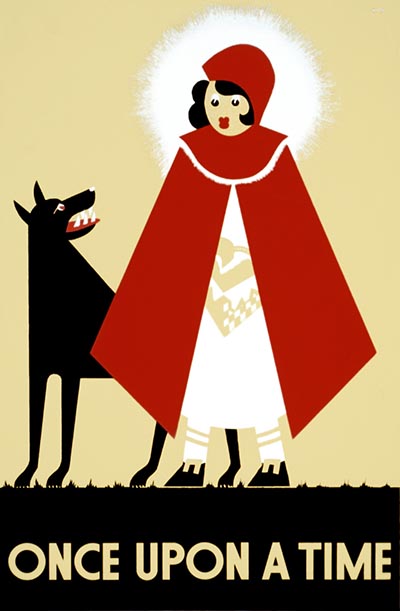
A Brief History of the Idea of Narrative traces the variegated, interrelated, evolving, diffuse, and sometimes circuitous ways in which we conceive of narrative. This effort begins with a dispute between (who else?) Aristotle and Plato. We then spring forward several millennia to find Georg Lukács challenging the dominance of the Aristotelean framework, and anticipating by nearly a century Marie-Laure Ryan’s call for a “media-conscious narratology”. I traverse the well-trod terrains of Russian Formalism and French Structuralism, and investigate how these movements and their devotees aspired to devise scrupulous empirical principles that would transform the study of narrative and literature into a science: narrative’s scientific turn. A Structuralist splinter faction turned their attention to temporal dynamics, laying the groundwork for narratology, which focuses on the centrality of time, historical and temporal coherence, and the twin influences of tradition and cultural context. I also address the recuperation of orality both as a formidable field in its own right, and as implicative of the importance of identifying medium-specific narrative affordances. Following orality, I turn to an overview of how narrative theories and epistemologies filtered into other fields and disciplines such as postmodernism, historiography, and cognitive science. In the penultimate section, I explore the dramatic narrative transmutations prompted by the ascendance of the computer, and the (still acrimonious) collision of stories and games (the so-called Narratology-Ludology debate). In closing, I examine recent attempts to (once again) formulate a “unified theory” of narrative that can account for its protean, media-inflected instantiations.
Agency in Play: Communicating Agency in Video Game Advertising

The popular and promotional discourses that attended the advent and ascendance of videogames (game-capable computers, consoles, and games themselves) as a cultural and commercial centre of gravity consistently and saliently foregrounded the agency that these devices and texts purportedly conferred upon users, and advanced the putatively “active” player as the prevailing subject position of contemporary media use. Agency in Play investigates how cultural, commercial, and corporate institutions imagined and cultivated “ideal” conceptions of players and agency based on the acquisition of agential capacities through media use to crystallize a “new relationship to media,” and set the conditions for technocratic citizenship. Further, I propose an amendment to Giddens’ popular definition of agency as “the capacity to act” to reflect the influence of discourse (Ahearn) and persuasion (Bandura). Accordingly, I define agency as the discursively constructed capacity to act.
Bad Movie Night: Cultural Consumption in the Age of Ironic Cinephilia
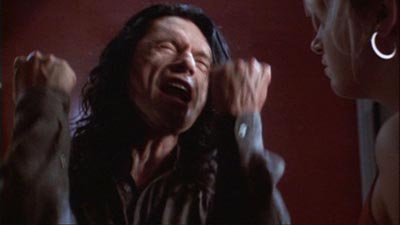
Ironic cinephilia — the purposeful consumption and celebration of the worst of the worst filmic atrocities — continues to promulgate as a curious alternative cultural practice. Seasonal screenings of The Rocky Horror Picture Show (1975) abound; Mystery Science Theatre 3000 is a celebrated cult artifact, and participatory screenings of The Room are now mainstays of repertory theatres across North America. Bad movie meta-commentary is also a burgeoning cottage industry. Erstwhile A.V. Club blogger Nathan Rabin turned his interrogation of flopdom into a popular book called My Year of Flops (2010). Michael Stephenson, child star of Troll 2 (1990), parlayed bargain bin ignominy into documentary legitimacy with his directorial debut, Best Worst Movie (2009), which examines the recuperation of Troll 2 (note: contains no trolls) from historical obsolescence. Even stalwart Hollywood studio MGM jumped on the bad movie bandwagon, rebranding Paul Verhoven’s (Robocop, Total Recall) exuberant and repulsive (and exuberantly repulsive) Showgirls as contemporary “camp classic.”
The Product As Plot: Product Placement in the Post-E.T. Era
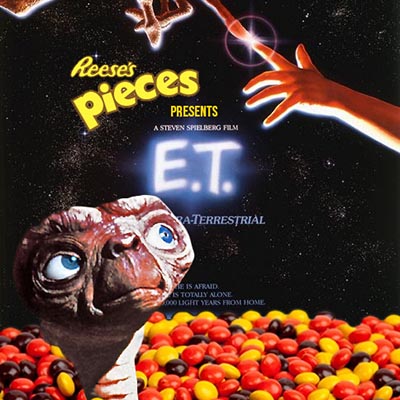
In this preliminary academic effort, I explore the history of product placement, and argue that the famous deployment of Reese’s Pieces in Spielberg’s beloved feature film, E.T. The Extra-Terrestrial, while not a rupture, marks a significant pivot point in the development of the practice.
The Anonymous Audience

